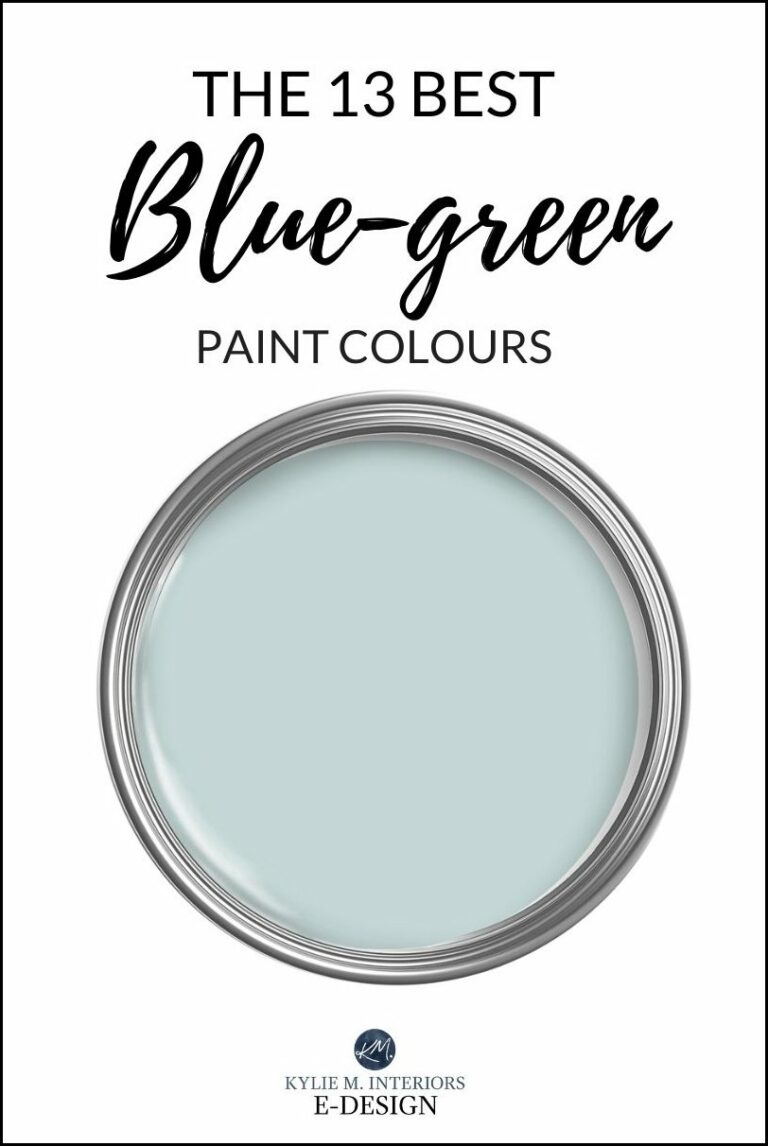Discover Pet-Fur Resistant Eco-Friendly Furniture For Living Room
Today we discuss Eco-Friendly Furniture For Living Room. If you’re searching for sustainable furniture that can handle pet hair and dander in your living space, we’ve got just what you need! Balancing eco-friendliness and functionality may seem tricky, but fear not, there are ways to satisfy both your furry companions and environmental concerns.
In this article, we’ll guide you on selecting eco-conscious furniture that resists pet hair and dander for your living room. Stay tuned as we explore some excellent options to maintain a clean and green environment for you and your pets!
Eco-Friendly Furniture For Living Room:
Understanding the Importance of Eco-Friendly Furniture:
When searching for furniture for your living room, it’s crucial to prioritize eco-friendliness. Eco-friendly furniture is crafted using sustainable materials and production methods, lessening its environmental impact.
In addition to benefitting the planet, eco-friendly furniture also creates a healthier living space for you and your pets. By reducing the use of harmful chemicals and allergens, these furniture items can assist in maintaining a clean and safe living room.
Considerations for Pet-Friendly Furniture:
While finding eco-friendly furniture is crucial, it’s equally important to select pieces that are resistant to pet fur and dander. Here are some factors to consider when choosing pet-friendly furniture for your living room:
1. Fabric Selection:
Selecting the right fabric is key to ensuring that your furniture can withstand pet fur and dander. Look for fabrics that are durable, easy to clean, and resistant to stains. Consider these options:
- Microfiber: This synthetic fabric is known for its durability and resistance to stains. It is also easy to clean and doesn’t trap pet fur.
- Leather: Leather furniture is resistant to pet hair and dander. It can be easily wiped clean, but keep in mind that some pets may scratch it.
- Canvas: Canvas is a durable woven fabric that can withstand wear and tear. It is also resistant to pet fur and can be spot cleaned.
- Crypton: Crypton fabric is specifically designed to resist stains, moisture, and odor. It is an excellent choice for pet owners, as it repels pet hair and dander.
2. Color and Pattern:
Opt for furniture with patterns or colors that can help camouflage pet fur between cleanings. Darker colors or patterns with similar shades to your pet’s fur can be a practical choice. Additionally, textured fabrics tend to hide pet hair better than smooth ones.
3. Furniture Design:
Consider the design of the furniture itself. Look for features that make cleaning easier, such as removable cushions or washable slipcovers. Furniture with tight weaves or minimal crevices also helps prevent pet hair from getting stuck.
Pet-Friendly Furniture Maintenance:
Maintaining pet-friendly furniture properly is essential for its longevity and resistance to pet fur and dander. Here are some maintenance tips to keep in mind:
1. Regular Cleaning:
Regularly vacuuming and using lint rollers or pet hair removal tools can help minimize pet fur on your furniture. Wiping down surfaces with a damp cloth can also remove allergens and dander.
2. Stain Removal:
Accidents happen, so it’s important to address stains promptly. Blot any liquid spills immediately to prevent them from seeping into the fabric. Follow the manufacturer’s instructions for stain removal, and consider using pet-friendly cleaning products to avoid harmful chemicals.
3. Protecting Furniture:
To protect your furniture from excessive pet fur and scratches, consider using furniture covers or throws. These can be easily removed and washed to maintain cleanliness. You can also train your pets to use designated pet beds or blankets instead of lounging directly on the furniture.
Sustainable Materials and Manufacturing Processes:
When searching for eco-friendly furniture, it’s crucial to understand sustainable materials and manufacturing processes. Here are some examples:
1. Sustainable Materials:
Look for furniture made from responsibly sourced materials such as:
- Bamboo: Bamboo is a fast-growing, renewable resource that can be used for furniture construction.
- Reclaimed Wood: Furniture made from reclaimed wood reduces the need for new material extraction.
- Recycled Plastic: Furniture made from recycled plastic helps reduce plastic waste and landfills.
- Organic Cotton: Furniture upholstery made from organic cotton reduces exposure to harmful chemicals.
2. Manufacturing Processes:
Choose furniture from manufacturers that prioritize sustainable practices, such as:
- Using low or zero VOC (volatile organic compounds) finishes and adhesives that reduce off-gassing.
- Implementing energy-efficient manufacturing techniques to reduce carbon footprint.
- Offering repair services to prolong the lifespan of furniture instead of promoting disability.
Researching Eco-Friendly Brands and Certifications:
Identifying eco-friendly furniture brands can be overwhelming, but some several certifications and resources can help:
1. Certifications
Look for furniture that carries recognized certifications such as:
- Forest Stewardship Council (FSC): Ensures wood products come from responsibly managed forests.
- Cradle to Cradle (C2C) Certified: Assesses a product’s environmental impact throughout its lifecycle.
- Global Organic Textile Standard (GOTS): Verifies organic fibers in textiles, including upholstery fabrics.
- GREENGUARD: Certifies low chemical emissions for indoor products.
2. Online Research
Take advantage of online resources that provide information on eco-friendly furniture brands and their manufacturing practices. Websites like Sustainable Furnishings Council and Good On You offer directories and ratings to guide your research.
Secondhand and Upcycled Furniture:
Consider exploring secondhand or upcycled furniture options to further reduce your ecological impact:
1. Thrift Stores and Online Marketplaces
Thrift stores and online marketplaces provide an array of pre-loved furniture options. However, ensure the furniture meets your pet-friendly and eco-friendly criteria before purchasing.
2. Upcycling and DIY Projects
Get creative and transform old furniture with upcycling projects. Repainting, reupholstering, and refinishing can give furniture a fresh look while minimizing waste. Make sure to use eco-friendly paints and finishes during the process.
Balancing Style, Function, and Sustainability:
Finding the perfect balance between style, function, and sustainability can be challenging. Here are some additional considerations:
1. Multi-Purpose Furniture:
Opt for furniture pieces that serve multiple functions, such as storage ottomans or sofa beds. This maximizes space while reducing the need for excessive furniture.
2. Ethical Supply Chains:
Research brands that promote ethical supply chains, ensuring fair labor practices and responsible sourcing of materials. Supporting such brands contributes to a more sustainable future.
3. Local and Handcrafted Furniture:
Choosing locally made and handcrafted furniture reduces transportation-related emissions and supports local artisans.
Faqs for Eco-Friendly Furniture For Living Room:
Opt for furniture made from materials such as microfiber, leather, or tightly woven fabrics as they are known to be resistant to pet fur and dander. Avoid furniture with loose weaves or fabrics that attract pet hair.
Several furniture brands prioritize sustainability and offer eco-friendly furniture options suitable for pet owners. Some popular brands include Crate & Barrel, West Elm, and Room & Board. It’s recommended to check their websites or visit their stores to explore their eco-friendly collections.
Aside from selecting furniture made from pet-resistant materials, consider factors like stain resistance and ease of cleaning. Look for furniture with removable, machine-washable covers or consider using pet-friendly furniture protectors to keep your eco-friendly furniture in good condition.
When looking for eco-friendly furniture, keep an eye out for certifications such as Forest Stewardship Council (FSC) for sustainably sourced wood, Global Organic Textile Standard (GOTS) for organic fabrics, or CertiPUR-US for cushions and padding made without harmful chemicals.
Absolutely! Many furniture retailers offer customization options, allowing you to choose pet-friendly fabrics or materials for your eco-friendly furniture. Contact the retailer or consult with a design professional to explore these customization possibilities.
Final Thoughts
finding eco-friendly furniture that is resistant to pet fur and dander for a living room is essential for maintaining a clean and healthy home environment. By considering materials such as microfiber or leather, which are easy to clean and repel pet hair, homeowners can ensure that their furniture remains free from allergens. Additionally, investing in furniture with removable and washable covers can further aid in addressing pet-related issues. By prioritizing both eco-friendliness and pet-friendliness, individuals can create a comfortable and sustainable living space for themselves and their furry companions.

